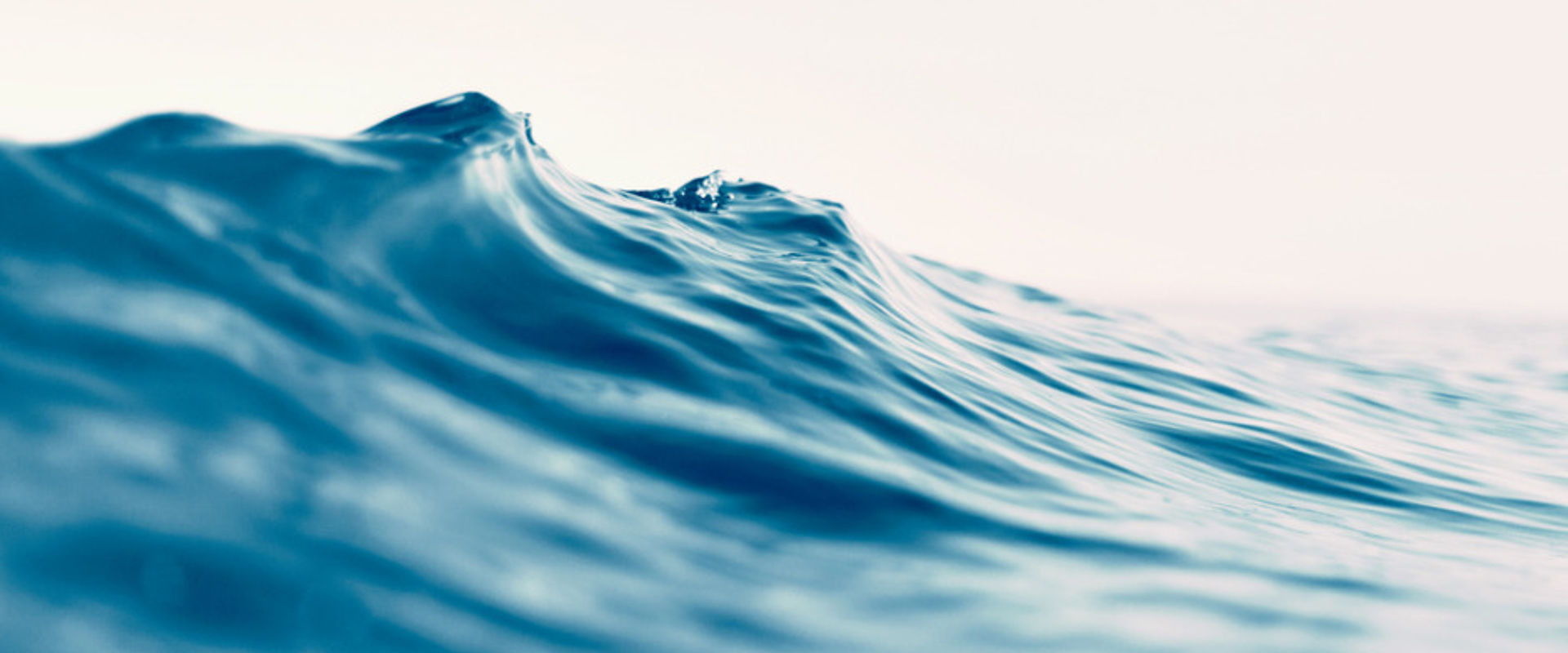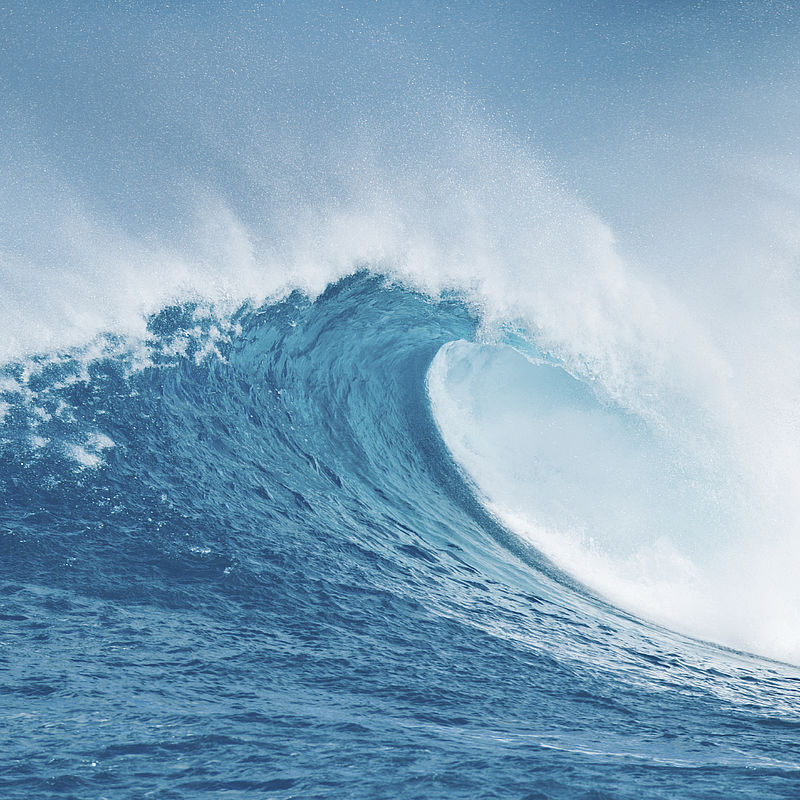
Understanding ocean acidity
Challenge
As the amount of carbon dioxide in the Earth’s atmosphere has increased, so too has the acidity of our oceans. The carbon balance between the oceans and the earth’s atmosphere is extremely delicate with small changes in acidity having a significant effect on the marine eco-system. Monitoring pH is vital if we are to protect marine life and keep the effectiveness of the ocean as a carbon reservoir.
The high ionic strength of sea water, arising from the relatively large amount of dissolved salts, means that conventional approaches fail to produce accurate pH measurements. Research in marine science requires an extremely small uncertainty in pH but discrepancies between results given by different methods mean that pH measurements have lacked the accuracy required for robust analysis.
Solution
The EMRP project Metrology for ocean salinity and acidity has helped to establish the traceability chain for seawater pH via the development of primary and reference methods for pH measurements. These were used to demonstrate traceability, with a full measurement uncertainty budget, for measurements based on the commonly used spectrophotometric pH method.
Impact
The accurate methods developed in the project are being taken on board by the oceanographic community to improve seawater pH measurements in a number of ways. The project team contributed validation methods to new ISO standard for spectrophotometric methods (ISO/CD 18191 “Determination of pH in seawater – Method using the indicator dye m-cresol purple”) and are working with the Scripps Institution of Oceanography which is the sole provider of a seawater buffer solution used to calibrate field-based oceanographic instrumentation.
The team is also contributing to the two key influential committees that define key parameters and methods: the pH sub group of the Joint Committee on the Properties of Seawater that is responsible for maintaining and improving the seawater equation of state TEOS-10 (a key tool in ocean science); and a new group of the International Union of Pure and Applied Chemists, focused on measuring acidity in seawater, is using the outcomes of the project to ensure greater harmonisation of the measurement methods employed by the oceanographic community.
These improved linkages between the metrology and oceanography communities will in the longer-term pave the way for improved measurements of ocean acidity and a robust understanding of the effect on the Earth’s climate.
- Category
- EMRP,
- Environment,
- EMN Climate and Ocean Observation,
